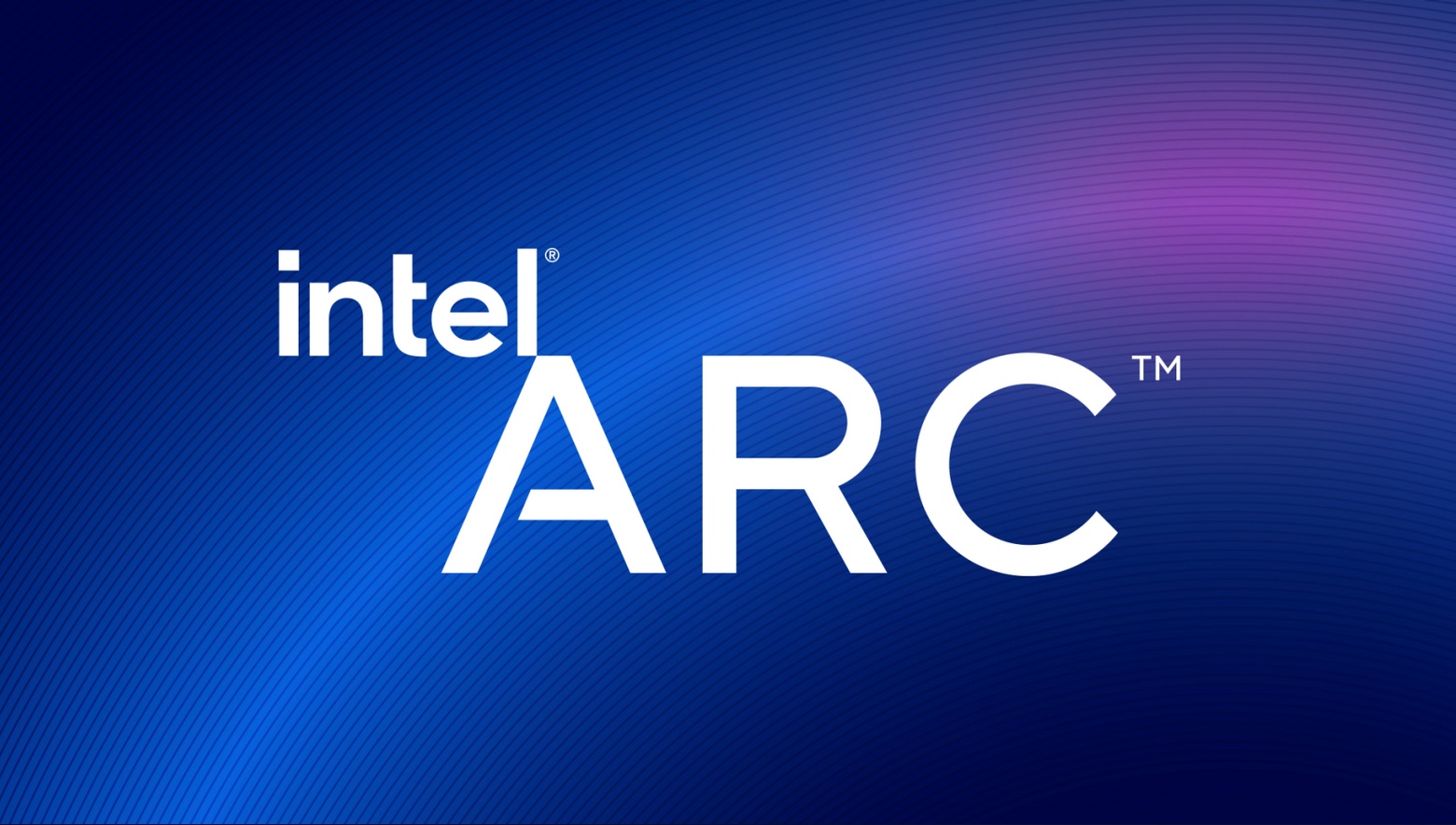Intel, a well-known pioneer in the semiconductor industry, has recently announced its entry into the discrete graphics card market with its new ARC line of GPUs. Intel hopes to compete with other established market players by providing strong graphics solutions to gamers and content creators with ARC GPUs. Let’s have a look at the key features of Intel’s ARC GPUs and why they are causing such activity among tech enthusiasts.
Features of Intel’s ARC GPUs:
- Xe Architecture: The Foundation of ARC GPUs:
- At the core of Intel’s ARC GPUs lies the Xe architecture, which has been created to convey high-performance graphics capabilities.
- This architecture employs a secluded design approach, permitting Intel to scale its GPUs across an extensive variety of performance tiers.
- The Xe architecture also incorporates features like constant beam following, man-made consciousness-enhanced delivery, and variable rate shading, ensuring stunning visuals and further developed productivity.
- High-Performance Gaming:
- These graphics cards are designed to take special care of the demands of gamers, offering impressive performance and uncommon visual devotion.
- With dedicated equipment for beam following and AI speed increases, these GPUs can handle graphically intensive games easily.
- Gamers can expect smoother outline rates, diminished input dormancy, and immersive gaming experiences that rival other driving GPUs in the market.
- Advanced Media Encoding and Decoding:
- Intel understands the developing requirement for productive media encoding and decoding capabilities.
- These graphics cards are outfitted with committed equipment for video encoding and decoding, taking into consideration accelerated processing and further developed performance while handling high-resolution video content.
- This component is especially important for content creators who work with video altering, streaming, and other multimedia tasks.
- Adaptive Sync Technology:
- Intel’s ARC GPUs support adaptive synchronization, a technology that syncs the display refresh rate with the GPU’s delivery rate.
- This eliminates screen tearing and reduces input slack, resulting in a smoother and more responsive gaming experience.
- Adaptive Sync is viable with a great many monitors, offering gamers adaptability in choosing their display devices.
- Advanced Display Features:
- These graphics cards support plenty of advanced display features, including HDR (High Powerful Reach) and VRR (Variable Refresh Rate).
- HDR enables a broader scope of colors and contrast, giving a more similar visual experience.
- VRR powerfully adjusts the display refresh rate to match the GPU’s result, limiting stuttering and tearing.
- These features consolidate to improve picture quality and make really captivating visuals.
- Intel Arc Media and AI Engine:
- The Intel Arc Media and AI Engine is a basic part of ARC GPUs. This dedicated equipment gas pedal enables AI-driven delivery techniques, generally improving visual quality and realism in games and applications.
- The AI engine also empowers developers with tools to use AI for further developed gaming experiences and content creation workflows.
- Developer-Friendly Features:
- Intel understands the importance of maintaining a robust ecosystem for software developers.
- Keeping this in mind, the ARC GPUs include developer-friendly features like
- Comprehensive software development kits (SDK)
- A unified driver model
- Support for well-known APIs like DirectX and Vulkan.
- These features simplify the advancement process, empowering developers to harness the maximum capacity of ARC GPUs and convey improved applications.
- Enhanced Security and Reliability:
- Security and reliability are vital in modern processing. Intel has integrated advanced security features into these graphics cards, including
- Equipment-based assurance against memory attacks
- Inherent equipment encryption capabilities.
- These measures assist with safeguarding sensitive information and ensure a safer registration environment for users.
- Broad Market Availability:
- Intel aims to make these graphics cards generally accessible to consumers around the world.
- By banding together with various board partners, Intel ensures a diverse scope of options from various manufacturers.
- This broad market availability allows consumers to choose GPUs that best meet their requirements and preferences, resulting in increased rivalry and advancement in the graphics card market.
Conclusion:
With the presentation of Intel’s ARC GPUs, the organization is poised to have a significant effect on the discrete graphics card market. The Xe architecture, alongside advanced features like high-performance gaming, media encoding/decoding capabilities, adaptive synchronization, and advanced display features, positions the ARC GPUs as imposing competitors. Furthermore, the inclusion of developer-friendly features, enhanced security, and broad market availability all add to the allure of Intel’s ARC GPUs.
Read More: Unlock Amazing Deals: Discover the Best Vivo Mobile Prices in the UAE

